
After a successful test phase, the new electroplating facility at GSI/FAIR has now completed its first order: A new-generation Alvarez tank section was successfully copper plated. The state-of-the-art facility impresses with its exceptionally large pools and was recently commissioned after three years of construction. The baths are among the largest of their kind in the world and are specially designed to coat large components.
The plating system is capable of coating large components, such as…
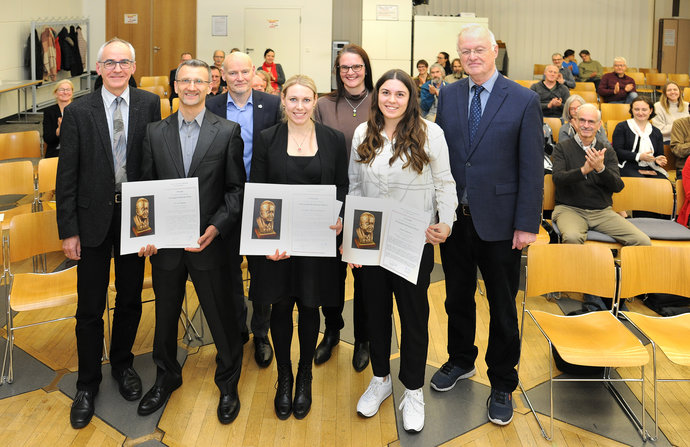
Three young researchers have be honored with the Christoph Schmelzer Prize this year: Dr Katrin Beatrix Schnürle from the Ludwig Maximilian University of Munich and Dr Yuri Simeonov from the Philipps University of Marburg receive the award in recognition of their dissertations, Annika Schlechter from the University of Heidelberg for her Master's thesis. The prize is awarded annually by the Association for the Promotion of Tumor Therapy with Heavy Ions in recognition of outstanding master's and…
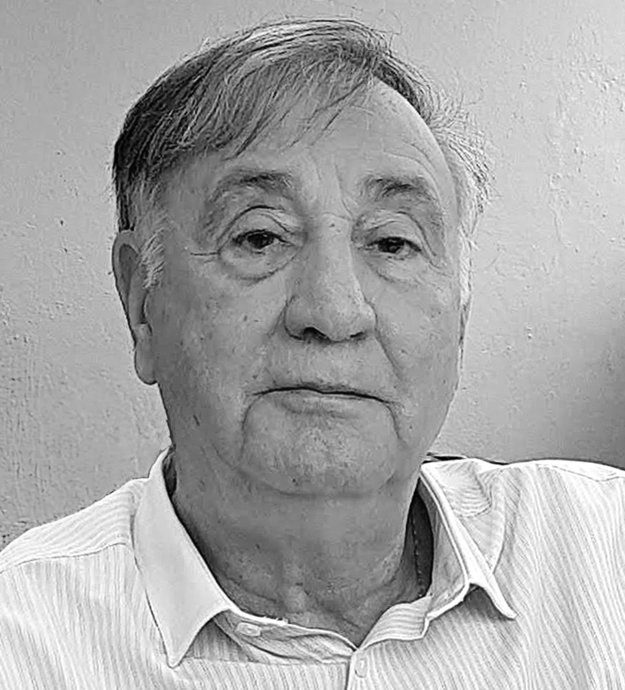
On November 29, 2024, Professor Dr. Sydney Gales passed away at the age of 81.
Sydney Gales was a distinguished French nuclear physicist and influential research organizer who rendered outstanding services beyond national borders to European and international cooperation in the field of nuclear physics and nuclear astrophysics research.

The renowned Swedish experimental physicist Professor Thomas Nilsson took up the position of the Scientific Managing Director at the GSI Helmholtzzentrum für Schwerionenforschung GmbH and the Facility for Antiproton and Ion Research in Europe (FAIR) GmbH on December 1, 2024. With his comprehensive experience and internationally recognized expertise, Professor Thomas Nilsson will play a leading role in shaping the scientific development of the research facility and the international accelerator…
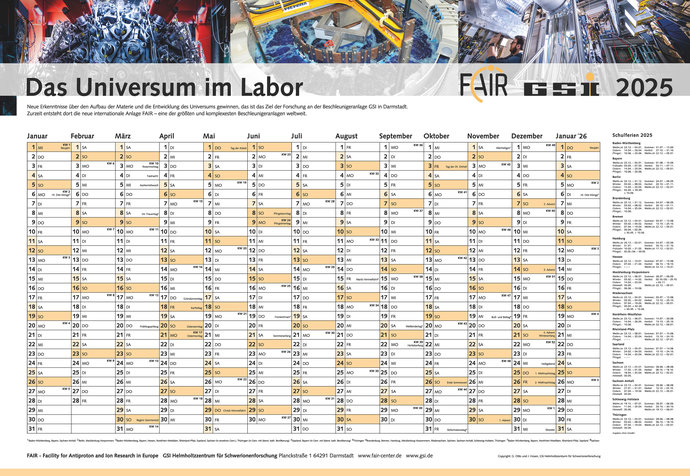
The popular annual calendar from GSI and FAIR is available again! As usual, the large DIN-A2-sized calendar offers a clear overview of all public holidays and school vacations as well as plenty of space for personal notes. With attractive pictures of GSI and FAIR, it is a practical planner for the whole year.

Around 110 high school students from across Hesse visited the GSI/FAIR campus on Saturday, November 23, for the 25th anniversary of the “Saturday Morning Physics” event series. Through guided tours of the research facilities, the students gained exciting insights into current physics research, explored the existing GSI particle accelerators and experiments and learned about the construction of the international accelerator facility FAIR.
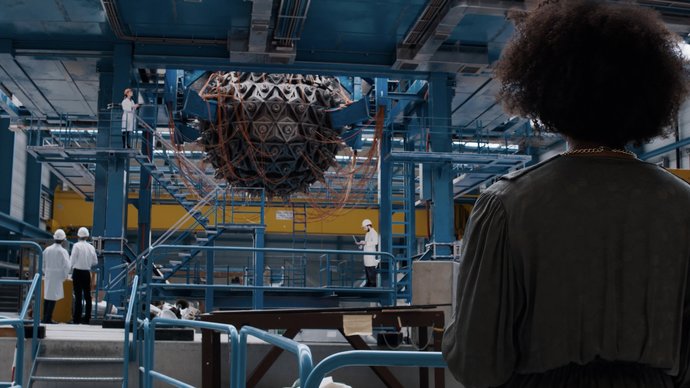
On Thursday, November 21, 2024, starting at 6:00 p.m., GSI/FAIR offers a public screening of the Darmstadt science fiction series “Anomalie” in the lecture hall, Planckstraße 1, 64291 Darmstadt. The series — produced by Darmstadt filmmakers “Tag & Nacht Media” — was filmed in parts at GSI/FAIR. Among other things, the film features the main control room of the GSI/FAIR accelerator facility and the Crystal Ball Detector as a time machine. The event will provide an insight into the series together…
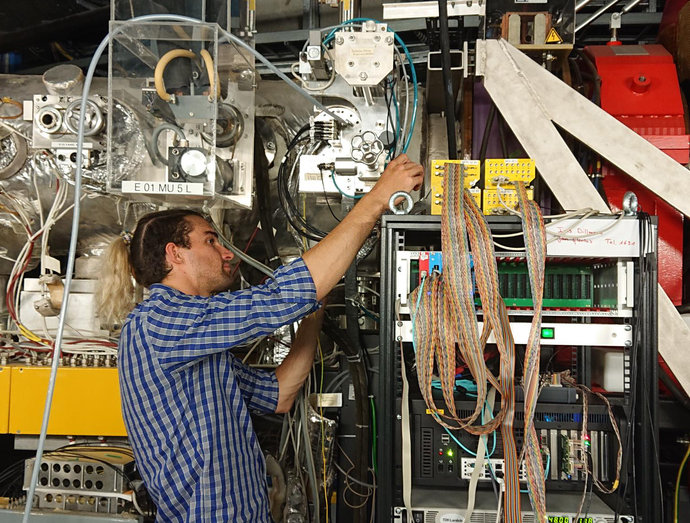
Have you ever wondered how long it took our Sun to form in its stellar nursery? An international collaboration of scientists is now closer to an answer. They succeeded in the measurement of the bound-state beta decay of fully-ionised thallium ions at the Experimental Storage Ring (ESR) of GSI/FAIR. This measurement has profound effects on the production of radioactive lead in asymptotic giant branch (AGB) stars and can be used to help determine the Sun’s formation time. The results ...

Where does the periodic table of chemical elements end and which processes lead to the existence of heavy elements? An international research team reports on experiments performed at the GSI/FAIR accelerator facility and at Johannes Gutenberg University Mainz to come closer to an answer. They gained insight into the structure of atomic nuclei of fermium (element 100) with different numbers of neutrons. Using forefront laser spectroscopy techniques, they traced the evolution of the nuclear charge…











